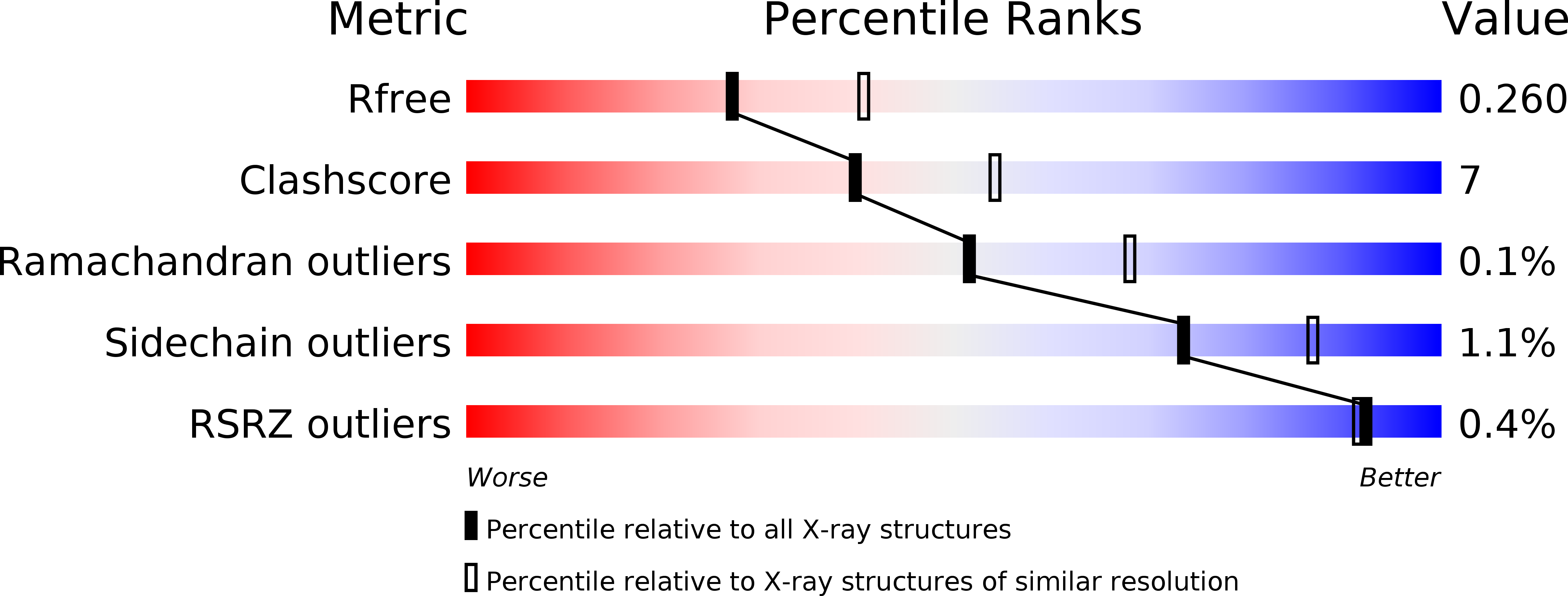
Deposition Date
2009-11-16
Release Date
2010-04-21
Last Version Date
2023-12-20
Entry Detail
PDB ID:
2WYF
Keywords:
Title:
Crystal structure of PA-IL lectin complexed with aGal12bGal-O-Met at 2.4 A resolution
Biological Source:
Source Organism:
PSEUDOMONAS AERUGINOSA (Taxon ID: 208964)
Host Organism:
Method Details:
Experimental Method:
Resolution:
2.40 Å
R-Value Free:
0.25
R-Value Work:
0.16
R-Value Observed:
0.17
Space Group:
P 1 21 1


